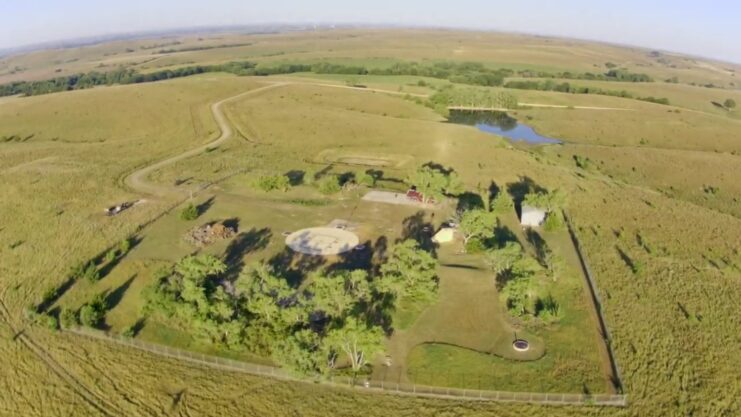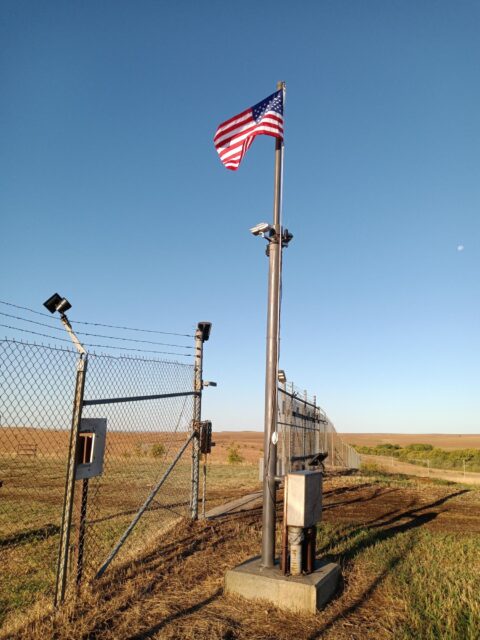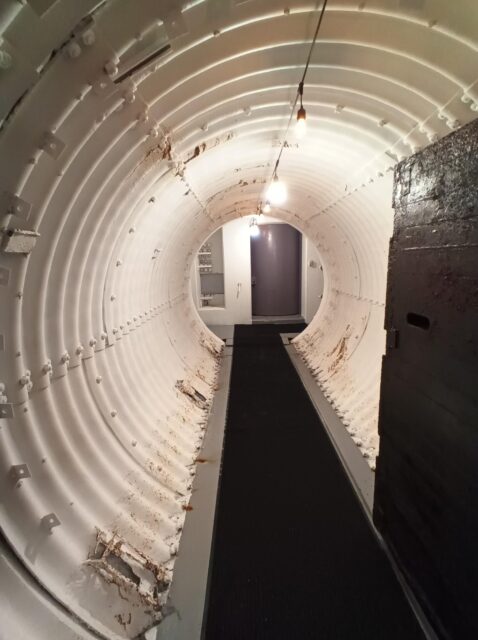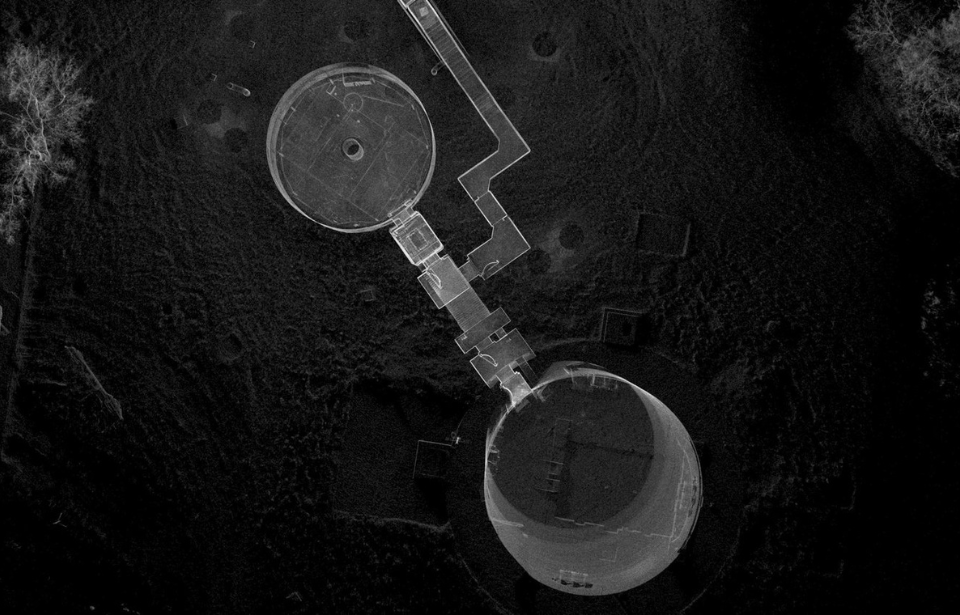An unusual property is currently on the market and it could be yours for a cool $1.3 million USD. The Rolling Hills Missile Silo – dubbed the “safest home on Earth” – in Westfall, Kansas dates back to the height of the Cold War, and is a DIYer’s dream, given how many possibilities there are for reimagining the underground (and aboveground) space.

Constructed in the mid-to-late 1950s, the Rolling Hills Missile Silo came about at a time when fears over the Soviet Union’s work to develop both nuclear and intercontinental missiles (ICBMs) were at an all-time high. Kansas was chosen because the state “was outside of the range of Soviet missiles launched from submarines positioned off either US coast.”
To accomplish the task, the US Army established the Ballistic Missile Construction Office, within the Corps of Engineers, which had a dedicated staff whose only job was to construct sites designed to house and launch two types of ICBMs: the Atlas family of rockets and the Titan.

The Atlas was the first ICBM designed by the United States and, as the National Park Service (NPS) describes it, the rocket was essentially a more advanced version of the Geman V-2 that was used during the Second World War. While considered the most advanced ICBM in 1954, there were concerns over its airframe, which led to the development of the Titan.
Like the Atlas, the Titan was powered by liquid propellants. However, it featured a two-stage design that allowed for it to be built with a more reliable and sturdy airframe.
The most advanced variant within the Atlas rocket family was the Atlas F, which, at a height of 82.5″, could reach speeds of up to 16,000 MPH and travel 7,000 miles in just 43 minutes. In terms of its power, the ICBM was equipped with a warhead featuring a four-megaton yield, meaning it was hundreds of times stronger than the atomic bombs dropped on Hiroshima and Nagasaki.

The silos built to house these weapons, including the Rolling Hills Missile Silo, were strong enough to protect both the rockets and the crews tasked with launching them. They were constructed with epoxy concrete, with a steel rebar “crib” frame that was attached to the walls via four springs. These implements acted as shock absorbers.
The Rolling Hills Missile Silo was in operation until mid-1965, when both the US and the Soviet Union realized that their constant stockpiling of nuclear weapons would ultimately result in a mutually assured destruction (MAD) – something both nations wanted to avoid.
Following this realization, the US government decommissioned nine Atlas E sites, 12 Atlas F silos and 18 Titan II locations. They were sold to a combination of private owners and schools.

The Rolling Hills Missile Silo site spans nine acres, with a barbed-wire fence at the top of the driveway and an eight-foot one, topped with barbed wire, running around the property. Almost entirely underground, the only noticeable structures are two buildings made from steel and a large door, which leads to the silo below.
Once underground, you’ll find a space that’s been freshly painted with white paint. This, paired with the epoxy floors, essentially presents a blank canvas to anyone with a creative mind, whether you’re interested in renovating the former control center or the silo itself.
According to the location’s official website, the decommissioned silo could be used for any number of purposes, including as an underground “safe house” beneath a private home built overtop the structure. Those not wishing to build on the site could even use it as a home or a multi-story apartment complex.
Given the aboveground portion has been largely left undisturbed, there’s the potential for farm animals to graze, presenting an abundance of agricultural opportunities.

More from us: Florida Man Finds Live Vietnam-Era Military Round In Garage, Prompts Response From Bomb Squad
As aforementioned, the Rolling Hills Missile Silo is currently on the market for $1.3 million by BTB Ranch, LLC. Those interested in inquiring about the property can do so via info@rollinghillsmissilesilo.com.
